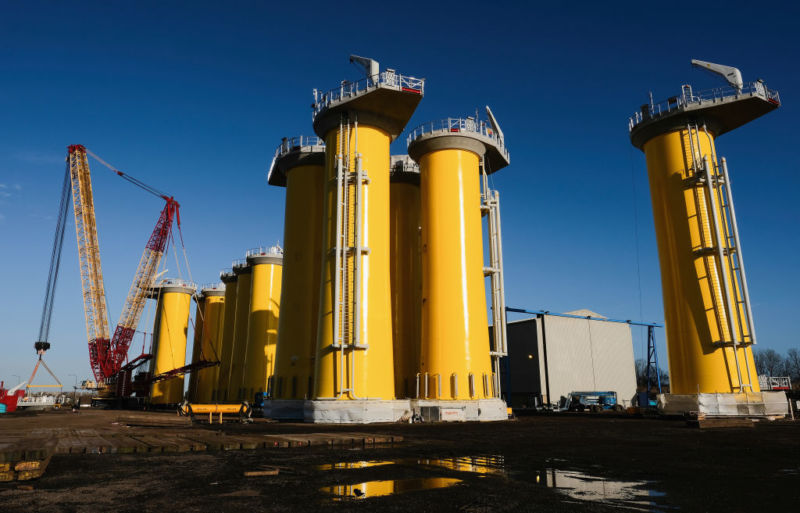
The third quarter of 2019 saw the UK’s renewable generation pass that of fossil fuels for the first time, according to an analysis by the climate and energy policy group CarbonBrief. The shift is driven by the completion of several enormous offshore windfarms and has been accompanied by a near-elimination of coal on the UK grid. And it comes only four years after the very first day in which renewables outpaced fossil fuels.
Vanishing coal
CarbonBrief performs regular analyses of the UK electrical market based largely on government figures but also incorporating off-grid sources like combined heat and power facilities. In general, its results have been within 3% of the final quarterly figures for the last several years, but the numbers for 2019 are close enough that it remains possible that the first quarterly landmark will have to wait until 2020.Ars Technica
That said, the organization estimates that renewables produced 29.5 TeraWatt-hours in July, August, and September, while fossil fuels only produced 29.1 TW-hr. The news for carbon emissions is even better, as the UK is well on its way toward its goal of eliminating coal-fired generation—almost all of the fossil fuel generation was in the form of natural gas, which has relatively low emissions. The report estimates that less than 1% of the UK’s electricity came from coal during the quarter.
Coal was planned to be eliminated from the UK grid by 2025, but the implementation of a carbon tax has hastened its decline. As a result, the UK now regularly goes weeks without using any coal. Nuclear provided nearly 19% of the UK’s electricity; if nuclear and renewables are lumped together as carbon-free generation, the UK is on track to have fossil fuels fall to under half its generation for the entire year, as had been predicted by its National Grid.
Among the renewables, solar provided 6% of the power during the quarter, while biomass accounted for double that. Wind provided the biggest contribution at 20%, and CarbonBrief ascribes this in part to the opening of new offshore windfarms. Earlier this year, a 600MW farm opened, and this month has seen the completion of Hornsea One, a monstrous 1.2GW offshore farm. Those join 2.1GW completed during 2018. The report also notes that contracts are already in place that would more than double the UK’s 8.5GW of offshore wind over the next five years.
A windy future
The report highlights the steady drop in the cost of offshore wind, driven in part by the increased size of individual turbines—12MW turbines are now being produced in Europe, meaning each tower installed can provide more power. The most recent round of contracts for future production saw prices that are close to being competitive to the price of natural gas, without counting for the construction of the plant to burn the gas.
While renewables have experienced phenomenal growth, the amount of power produced using fossil fuels has been dropping faster than renewables have risen. That’s down to increased efficiency and conservation, which have dropped the total electrical use in the UK.
While the UK experiences some seasonal variability in its renewable production, the troughs aren’t dramatically lower than the peaks, and they coincide with a much larger drop in demand over the summer months. That, however, may ultimately change, as the region has experienced strong heat waves over both of the last summers. If that trend continues, air conditioning, which is rare in UK residential housing, may become far more common, which could drive a change in the seasonal pattern of electricity demand.
Regardless, the dramatic changes place the UK well ahead of many countries in terms of decarbonizing the economy. While it faces many challenges before it’s on track to reach full carbon neutrality, the rapid progress might provide an example that can be followed elsewhere.

